In 1953, German-born Hannes Lindemann had just begun practicing medicine in Liberia and had in mind to settle into a comfortable life as a doctor when he met Alain Bombard, a Frenchman and fellow physician, who had taken an interest in survival at sea. In the fall of the previous year, October 19 to December 23, Bombard sailed a 15′ Zodiac inflatable 2,700 miles from the Canary Islands to Barbados. Hoping to address issues that led to the poor survival rates of sailors who took to lifeboats during World War II, he intended to survive by living off what the sea provided and took few provisions. He had a net to gather plankton for food, and for drinking, he had a press for extracting water from the flesh of fish; he’d mix it with seawater to extend it. Lindemann, doubting some of the claims made by Bombard following his voyage, “decided to use my own body to experience the problems of the shipwrecked; problems of nourishment, keeping the body healthy, avoiding the dangers of the sea, and, ultimately, keeping the mind healthy.”
Lindemann’s first crossing of the Atlantic, made in 1955 in a 25′ dugout canoe, took 65 days, and while he had worked out solutions to many of the physical challenges, he had not solved the mental difficulties. “I had been in dire despair several times during the crossing. I had been on the verge of giving up, especially when I lost my rudder and the two sea-anchors. Consequently, I set out to prove that one can and must prepare mentally if one is to succeed in any extraordinary feat.”
The preparation for his experiment in survival included what he called Psycho-Hygiene Training to “anchor auto-suggestions deep in the subconscious so that they would automatically come to assist in difficult situations.” For six months he did mental exercises, reciting to himself: I’ll make it, Keep going west, and Never give up. “Thus, my subconscious was prepared to withstand all enticements of a more comfortable life.”
For a second crossing, Lindemann upped the ante by choosing an even smaller boat—a Klepper Aerius 17′ folding kayak—for the voyage. “I congratulated myself on having chosen a folding boat, for now, I would be able to relive exactly the feelings of a lonely castaway; I would share his sufferings, his hope and despair. I would, in fact, have to contend with even greater discomfort than a person afloat in a life raft of a plane or a ship’s lifeboat. By suffering to the utmost in the elements, I could test the durability of the human machine…”
Lindemann set out from the Canary Islands on October 20, 1956, in “a mood of complete self-confidence.” With his two sails raised and an outrigger providing additional stability, he had gone only 3 miles when a pilot boat approached him and ran over the kayak’s outrigger, breaking the paddle that supported the float. The long ordeal of preparing for the crossing had left him “limp, tired, and depleted,” but his inner voice began repeating “I’ll make it, I’ll make it” and rather than head back to the harbor to deal with the setback, he set his bow to the west and continued.
During his 72 days at sea in the cramped quarters of the kayak cockpit, Lindemann did indeed “suffer to the utmost.” Waves driven by a storm lasting several days capsized him twice. Both times he was rendered unconscious and only came to after he had surfaced. The first of those capsizes happened at night and he had to wait for the morning light to right the hull. For nine hours he clung to the upturned kayak in the dark, all the while being hammered by waves as high as 27’. “My spirit grew weak and seemed to want to leave my body, but…I’ll make it and Never give up broke through time and time again and enabled me to persist.”
On December 30, he reached St. Martin on the eastern edge of the Caribbean Sea, and stepped ashore on unsteady legs and weighing 54 lbs less than when he had started. He spent the night in a hotel, and the next morning got back into the kayak—Keep going west—to spend 50 hours sailing to St. Thomas in the U.S. Virgin Islands, where a group of his friends was waiting for him.
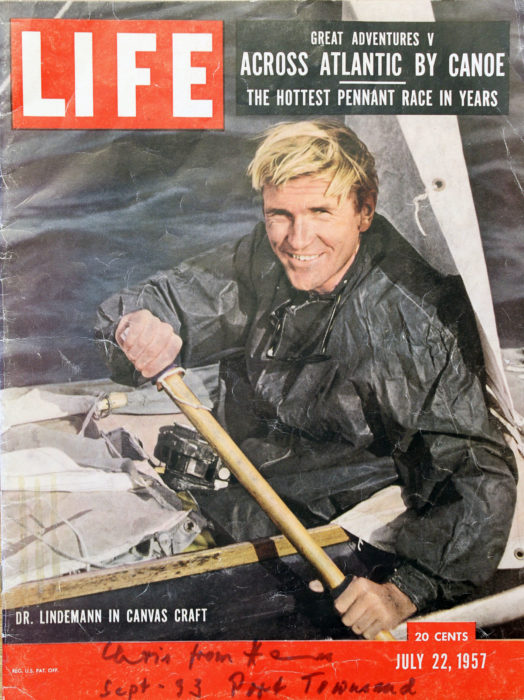
Dr. Lindemann signed the copy of LIFE that Peter Schwierzke gave me: “Chris from Hannes Sept. 3 Port Townsend”
Lindemann wrote about his two Atlantic crossings in Alone at Sea, which was first published in 1958 and republished in 1993. I was the editor of Sea Kayaker magazine at the time the book’s second volume was released, and I included a profile about Lindemann in the Fall 1993 issue. Shortly after that issue came out, I met Dr. Lindemann in 1993 at a sea-kayak symposium in Port Townsend, Washington. He was 71, a tall, slender figure in a black jacket, with his hair turning silver around the temples. I had with me a copy of his book and the July 22, 1957 LIFE magazine with his picture on the cover, both given to me by Peter Schwierzke, a Klepper importer and the friend of Lindeman who encouraged him to republish Alone at Sea. I introduced myself to him, and he kindly signed both the book and magazine. My time with him was brief, as he was walking to one of the lecture halls to give a presentation.
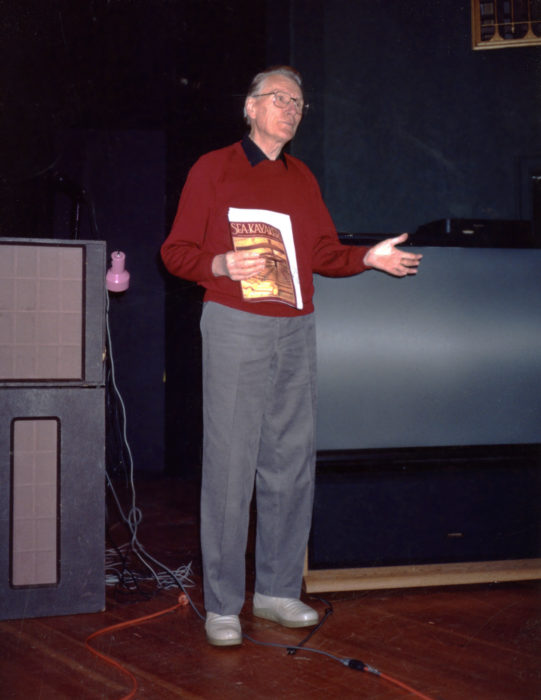 Peter Schwierzke
Peter SchwierzkeIn 1993, while speaking at the sea-kayak symposium in Port Townsend, Dr. Lindemann was holding a copy of the Fall issue of Sea Kayaker magazine. We had given that issue to the attendees and in it was a profile about him.
Michael Collins, Sea Kayaker’s publisher, was more fortunate. He and a dozen other kayakers attending the symposium sat with Lindemann in an impromptu gathering and asked him questions about his crossings. Sea-kayak symposium goers are, as a rule, interested in equipment and techniques in the spirit of adventure, but he emphasized that neither of his crossings was a challenge simply for challenge’s sake, but motivated by a drive to learn things that might help people survive, to save lives. Michael had seen the LIFE article when he was a boy, and it was one of the influences that led him to build part of his career around sea kayaking. He recalls that meeting Lindemann almost 30 years after reading the article, and being in the presence of a man he had idolized from a young age did not leave him with a sense of awe, but rather with a feeling of calmness. To a person, everyone in that fortunate symposium group expressed the same feeling after meeting with Lindemann.
I spoke to Peter Schwierzke by phone recently about the time he spent with Lindemann. One of the first things he said when bringing up memories of his friend was, “when I think about talking to Hannes it calms me down.” Years ago, while he was in Sacramento, California, working as an importer and distributor of Klepper kayaks, he had a few quotations from Lindemann posted in his office where they would be regular reminders. One was Stress, eine selbst gewählte lebensform von leben oder leiden (Stress, a self-chosen way of life or suffering). “Hannes made a lifetime study of positive thinking,” Peter recalls. Lindemann wrote books on the topic: Autogenic Training (based on the method he used to prepare for his second crossing) in 1975, and two years later Anti-Stress Program: This is how you cope with everyday life.
Dr. Lindemann was once asked what was the most important thing he had aboard the kayak during his Atlantic ordeal. He didn’t hesitate to answer: “Optimism.” It’s a good piece of advice whether you’re crossing an ocean or just getting through your day. ![]()
Dr. Hannes Lindemann passed away on April 17, 2015 at the age of 92. The most recent edition of Alone at Sea, from Polner Verlag, is no longer in print but copies are available from internet sources. The full text of the 1958 edition is online at The Internet Archive.

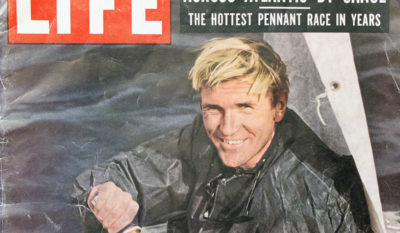
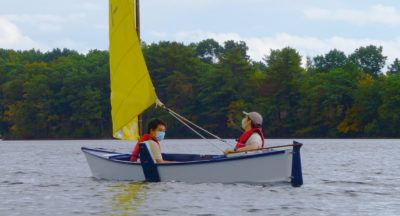
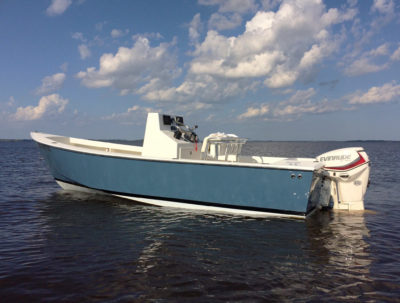
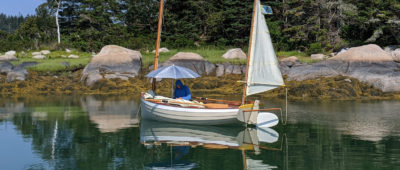

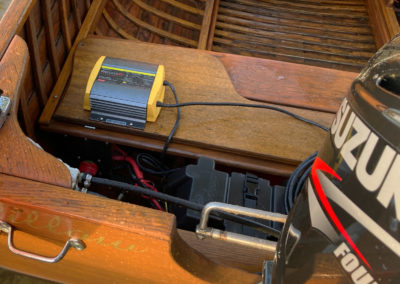
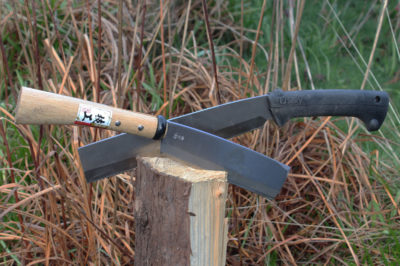
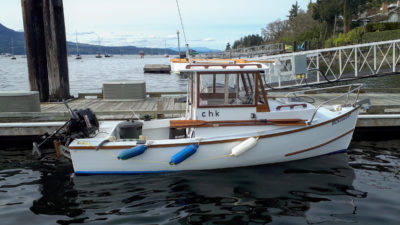
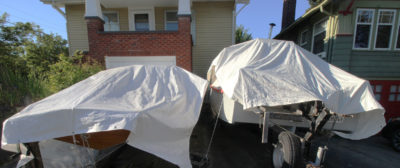
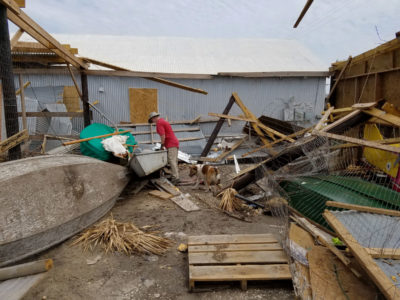
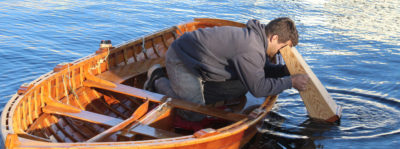
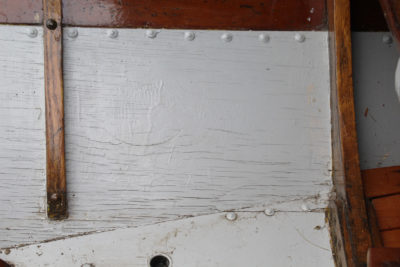
What a legend!
So many people seem stressed over the effects of the pandemic. They could learn a thing or two from this guy. Life IS about survival. And we are equipped with all we need to do just that.
Thanks for this, Chris.
I have a copy of The Alain Bombard Story on my bookshelf and I read Lindemann’s book decades ago but do not currently have a copy. I will definitely have to find one and re-read it.
I can relate to the idea that learning to embrace being alone on a voyage is a challenge for most of us who are social creatures. It was one of the more difficult things for me to come to grips with when I started my solo kayaking and sailing life more than 25 years ago.
Enjoyed the article on Lindemann. I really just don’t understand how anyone might decide one day: “Hmmm, I wonder…”
Most small-boat folk have somewhere in memory some version of Coleridge’s “Ancient Mariner” line: “Alone, alone, all all alone, Alone on a wide wide sea,” but that seems to be taking it a bit far.
I have in my garage, a Klepper Aerius that my grandfather bought in the late ’60s, I believe. I haven’t put it together since I took it from my Mom’s garage 4 years ago, and I doubt it has been together since the ’80s. My Dad and I once sailed it north from our cabin in Port Ludlow on a nice following wind; as we got a bit north of Tala Point we decided that discretion dictated a return, and discovered that we best, and barely, made headway back by trading turns at the oars. I don’t think we were ever in any real danger, but it did take all of what we brought to bear on the situation to feel we had stayed just this side of trouble. A bonding experience
I really don’t mean to dismiss the amazing and heroic accomplishments of this man, but anyone contemplating the value of his experience as a lesson in how to thrive should consider that optimists who die at sea in kayaks don’t write books or give interviews.
Your point is well taken. Optimism without preparation is naïvité. It is important to keep in mind the purpose of Lindemann’s two Atlantic crossings, which was to apply some science to the problems faced by those who were forced to fend for themselves after being set adrift from sinking ships. In the conclusion of the 1993 edition of his book, Alone at Sea, Lindemann writes: “The greatest threats to the safety of a small boat lie within the person himself. Usually, a shipwreck victim will first give up mentally, then his muscles will follow. His boat will survive the longest. With a minimum of equipment and a maximum of confidence, victims of shipwrecks are far more likely to survive than perish.” That focus on the psychology of survival and a positive mental attitude is now commonplace in survival literature. If Lindemann had intended to include any advice to boaters in general, I’m sure it would have been to do everything possible to avoid being in a situation where your survival is at stake.
Christopher,
This posting brings back so many memories. My family saw the article in Life magazine and bought an Aerius that summer. I had that kayak until 1985 when I passed it on to a cousin. It started me in kayaking an̈d far too many years later, I am still at it.
Thank you for this wonderful article.
Thank you for posting this. I have Lindemann’s book Alone at Sea and read it many years ago. I also have a Klepper AE2 I bought new with a used S4 sailkit in 1993 so have a very good idea of the spatial limitations he was dealing with, although I haven’t a clue of the privations he suffered during both Atlantic crossings.
Also appreciate your insights into his calming nature; need to look into his publications on that as I think there’s something for me to learn there.
Chris,
Once again you provide an enlightening article beyond the supposed limits of a “boating” magazine. It is optimism that may make sailors chose small boats – what seems small is really much more as I am sure most of your readers would agree. Keep it up.
Excellent read about an extremely interesting and brave man. Thanks!
Read Sir Francis Chichester and his Atlantic crossings back in the ’60s in very small boat. Have lived in remote Alaska in small cabins and know of many Northern Trappers who have spent long winters. I don’t think the two extremes are not that different. You’re alone in the cabin, not moving much and scant supplies. Many have died doing this and the mental “cabin fever” did many of them in. Living on rabbits that do not have much body fat was called “rabbit starvation.”